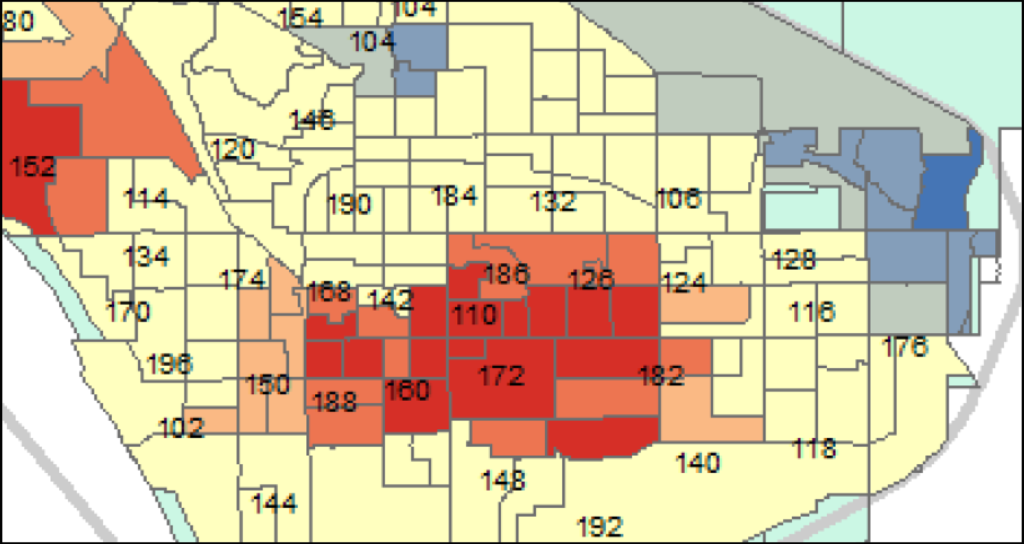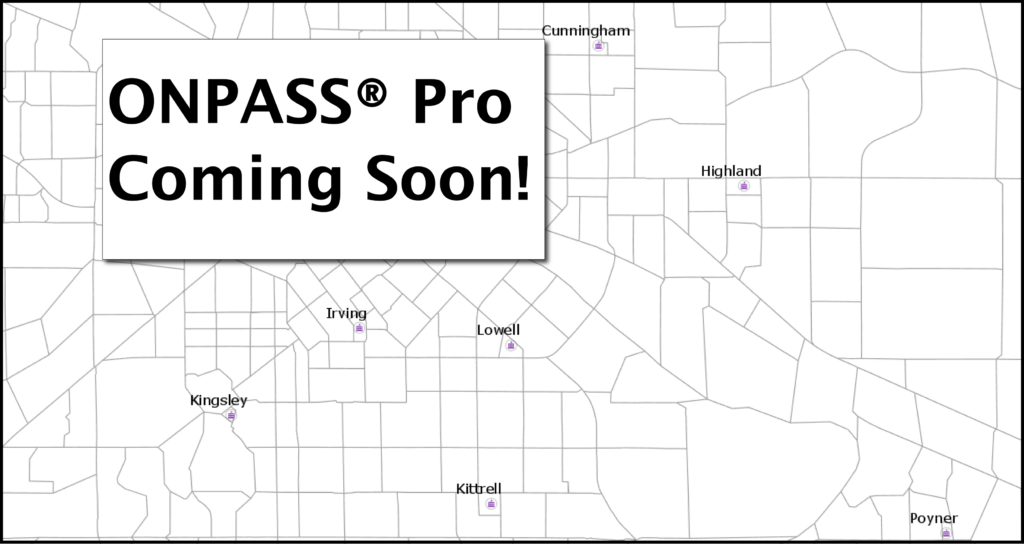Our Planware division staff members are always on the lookout for web resources related to the broad topic of “school district planning”. We are particularly interested in articles and reports that demonstrate how maps help visualize complex data and how geographic information systems (GIS) improve planning processes. This blog provides a list of websites related to school district planning, maps, or geographic information systems (GIS) that caught our interest in 2019. We hope you will find these links helpful, and Happy New Year!
Plan a successful school district response to enrollment changes. Brian Eschbacher is the former executive director of planning and enrollment services for Denver Public Schools. In this article for The 74 Million, he presents concrete tips for improving school district responses to enrollment changes. The discussion includes how to tackle tasks as diverse as budgeting and opening new schools or closing existing schools, and tips for who (superintendents, board members, partner organizations) should do what to smooth the planning process.
Use GIS for emergency preparedness planning. School safety is a hot topic as natural and man-made disaster frequently top electronic and print news feeds. GIS applications include tools—such as maps of hazards and disaster risk—that help with preparing for and responding to disaster. This guide to Emergency Preparedness in School includes a natural disaster risk map and many links to resources related to disaster planning and response.
Chronic absenteeism data stories. The US Department of Education has published an online report titled Why Chronic Absenteeism Matters: What the Research Says. The report includes data comparisons for demographic sub-groups, a section on the “Geography of Chronic Absenteeism”, and an interactive map that is a powerful data visualization tool. A separate article published by EdSource provides an interactive map with details of chronic absenteeism in California.
The geography of opportunity. The Opportunity Atlas used US Census data and anonymized longitudinal data on 20 million Americans to develop a “…new interactive mapping tool [that] presents estimates of children’s chances of climbing the income ladder for every 70,000 neighborhoods across America.” The interactive mapping tool provides evidence about where and for whom opportunity has been missing. The hope is that the information will be used to develop local solutions “to help more children rise out of poverty.”
Maps are for more than physical features. Things on maps such as buildings, roads, or lakes are referred to as “features”. In school district planning, it’s easy enough to think of mapping the locations of school buildings, student homes, and bus stops, to name a few examples. An intriguing article by Chris Wayne titled How Do We Capture Culture on a Map?, explores how maps can display empirical data related to the less tangible and less durable things that are defined by people.





